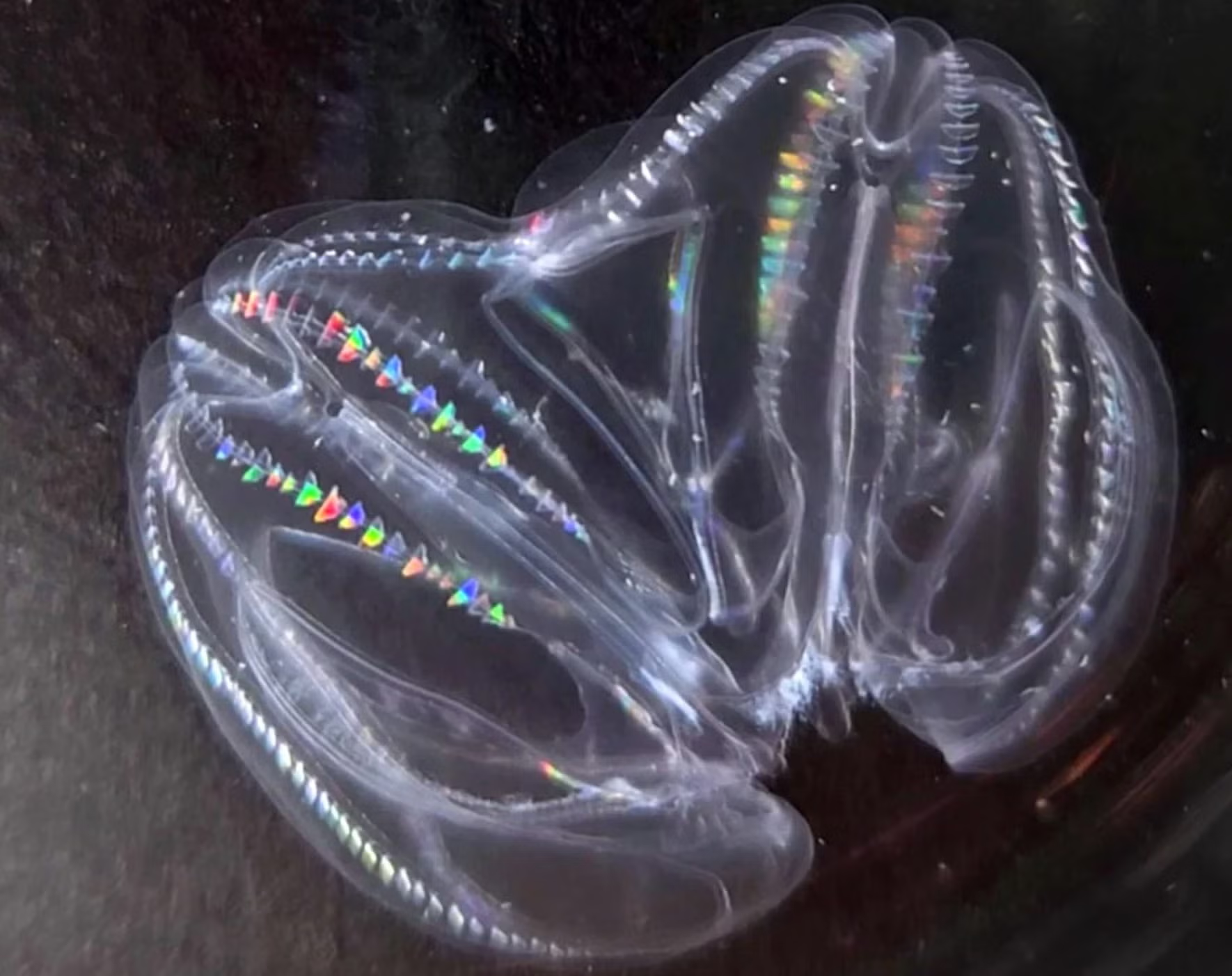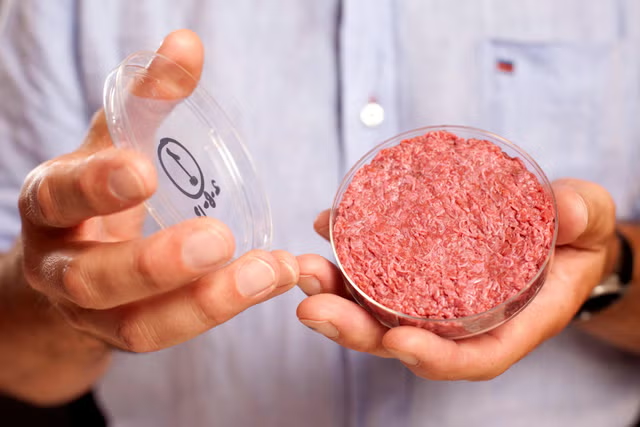Your support helps us to tell the story
Support NowOur mission is to deliver unbiased, fact-based reporting that holds power to account and exposes the truth.
Whether $5 or $50, every contribution counts.
Support us to deliver journalism without an agenda.

Louise Thomas
Editor
Scientists have spotted for the first time two deep-sea “jelly” creatures readily turn into one individual following an injury.
The study, published in the journal Current Biology, may lead to breakthroughs in wound healing, researchers say.
Comb jellies are gelatinous animals related to jellyfish with translucent bodies living in the depths of the sea waters worldwide.
While regular jellyfish use the same opening to eat food and release waste, comb jellies have an anal pore to eject digested food.

They are among some of the earliest animal groups to emerge on Earth with unique nervous systems and strange features compared to other creatures.
In the new study, scientists observed a population of comb jellies kept in a seawater tank in the lab.
Researchers spotted an unusually large individual in the tank with atypical organs.
The comb jelly seemed to have two rare-end lobes and two of a sensory structure called an apical organ, instead of the usual one.
Scientists wondered if this unusual individual arose from the fusion of two injured jellies.
Further studies on the species revealed that over a single night, two individuals can seamlessly become one “with no apparent separation between them”, according to researchers.
When scientists poked at one of the lobes, the whole of the fused creature appeared to react with a startling response, suggesting there was no separation.
“We were astonished to observe that mechanical stimulation applied to one side of the fused ctenophore resulted in a synchronized muscle contraction on the other side,” study co-author Kei Jokura from the the University of Exeter said.
“The data imply that two separate individuals can rapidly merge their nervous systems and share action potentials,” Dr Jokura said.
In just about two hours, 95 per cent of the fused animal’s muscle contractions were found to be completely synchronous.
Our latest paper is out @CurrentBiology !
— Kei Jokura (@Ctenophore18) October 7, 2024
About #ctenophore fusion!!
Fused ctenos synchronized muscle contractions and shared their digestive canal! @AnttonenTommi @maruca221@omasvc @grassfoundation @MBLScience pic.twitter.com/T0HuEcTqxS
When the creature fed on fluorescently labelled brine shrimp, scientists found that the food particles went down the fused canal revealing that the animal’s digestive system was also fused.
The comb jelly expelled waste products from both its anuses, but not at the same time.
Researchers are perplexed how the fusion of two individuals into one helps the comb jellies as a survival strategy.
They hope future studies can unravel gaps in knowledge about the species.
Scientists say the latest discovery can also help better understand how the immune system recognises an entity as foreign.
“The capability of transplanted tissue to functionally integrate is unclear in many organisms,” researchers write.
“Our observations warrant further research into understanding the evolution of self–nonself recognition,” they say.
A better understanding of this process could lead to developments in research on regeneration and transplantation.
“Unraveling the molecular mechanisms underlying this fusion could advance these crucial research areas,” Dr Jokura says.
Disclaimer: The copyright of this article belongs to the original author. Reposting this article is solely for the purpose of information dissemination and does not constitute any investment advice. If there is any infringement, please contact us immediately. We will make corrections or deletions as necessary. Thank you.



